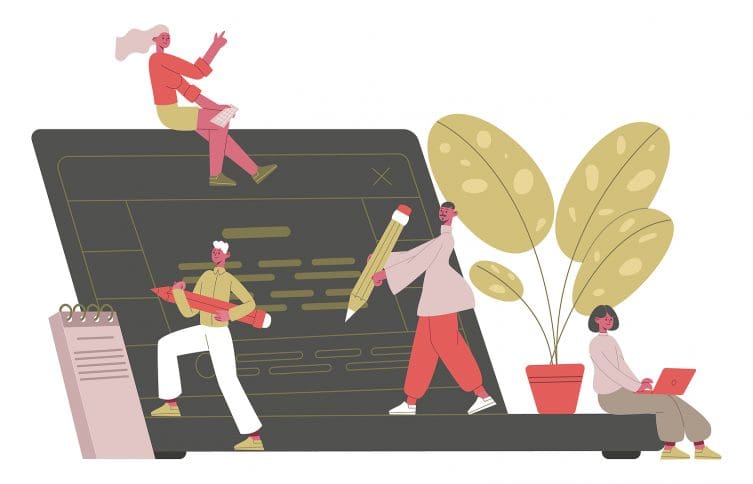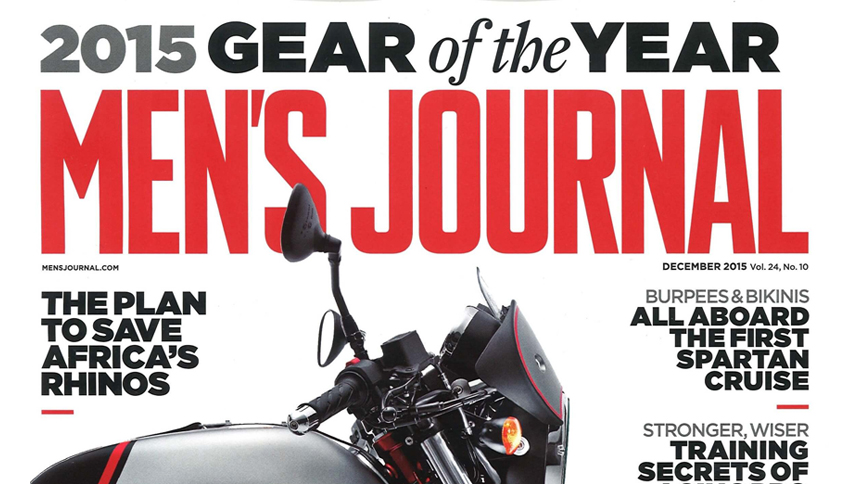
The media landscape is vastly different today for freelance journalists than it was 15 years ago. According to the Pew Research Center, full-time U.S. newsroom employment has dropped 26% since 2008. And while traditional newsrooms shrank, digital publishing has grown—along with freelancing.
Both freelancing and media are evolving in a way that shapes the other. What does this mean for the future of the media industry? Well, it will continually shift to cater to freelance journalism. Here are some ways in which their role is changing the media industry.
Also on Mediabistro


Freelancers offer broad skills & perspectives
Instead of going through the process of onboarding new full-time employees, hiring freelancers has allowed outlets to share voices from diverse backgrounds—ones that traditional media sources may typically overlook.
A freelancer’s skillset today is also different than it was 15 years ago. They are more well-rounded, with skills including video editing, filming, voiceovers, and more.
Freelancers offer remote work flexibility
While the news cycle operates at all hours, traditional newsroom employees aren’t able to work 24/7. Freelancing, however, can be done at any time and any place—for the most part—creating flexibility for media outlets to publish content around the clock.
Freelancers offer their own brand
Instead of news coming from a handful of media outlets, it’s coming from both freelancers and media outlets, decentralizing the traditional model. Freelance journalists are writing for multiple publications, creating a brand name and credibility for themselves in the process.
The world of journalism has seen rapid change in recent years. As freelance journalists integrate themselves within the media landscape, they are offering a wide range of skills, perspectives, and flexibility in today’s information age.










